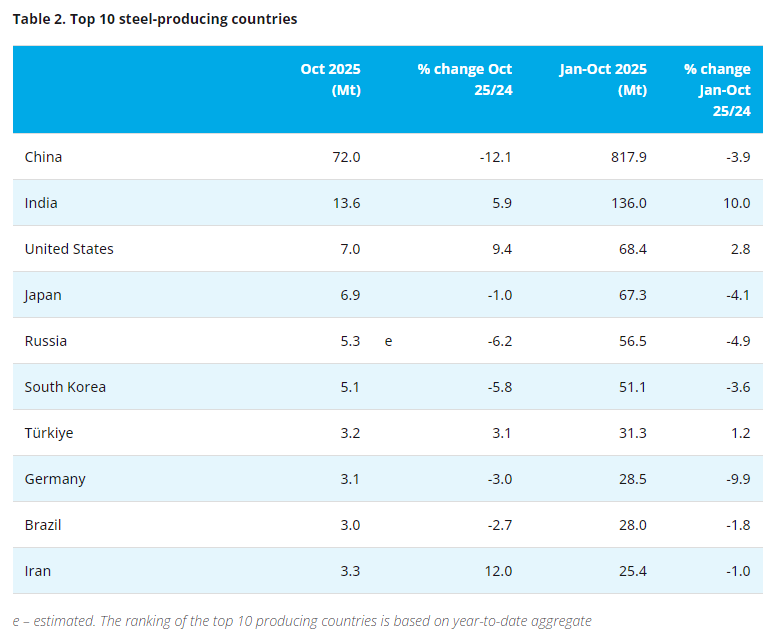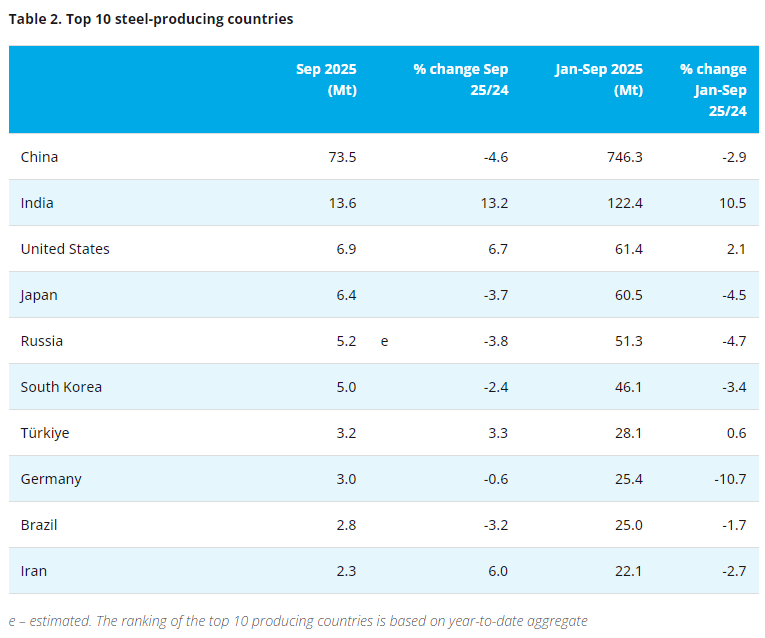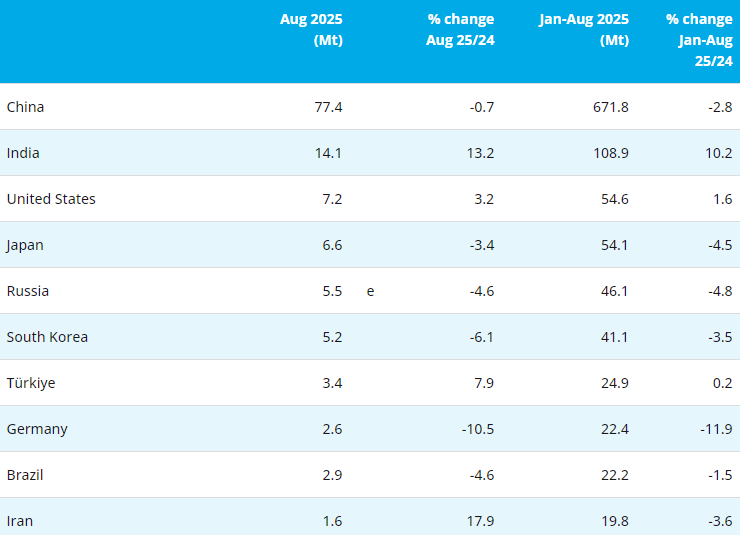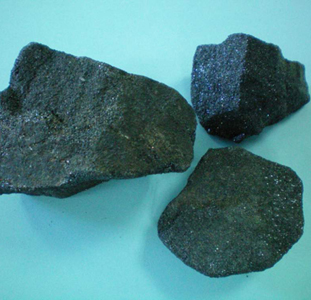[Ferro-Alloys.com] MONTREAL, April 15, 2020 (GLOBE NEWSWIRE) -- HPQ Silicon Resources Inc. (“HPQ” or the “Company”) TSX-V: HPQ; FWB: UGE; Other OTC : URAGF; would like to update its shareholders on promising results emanating from electrochemical performance tests performed on materials produced with our GEN2 PUREVAPTM Quartz Reduction Reactor (“QRR”).
Recently, tests conducted at the Institut National de Recherche Scientifique (INRS), on material produced with the GEN2 PUREVAPTM QRR (“GEN2”), demonstrated its potential to advantageously replace graphite in Lithium-ion (Li-ion) batteries while limiting the disadvantages inherent to silicon anodes.
“While preliminary, the results obtained are very promising and validate our decision to focus our efforts on upstream production of materials needed to make the silicon-based anodes for high-density lithium-ion battery using material produced by our PUREVAPTM RRQ process as feed stock,” said Bernard Tourillon, President and CEO HPQ Silicon. “Interest in Silicon Metal’s potential to contribute to energy storage demand is undeniable and generating massive investments, as well as serious industry interest.”
SILICON (Si), A SUPERIOR ANODE MATERIAL FOR LITHIUM-ION BATTERIES VERSUS GRAPHITE
Silicon (Si) is a very promising anode material for Li-ion batteries because it’s theoretical gravimetric capacity (storage capacity in (mAh) per g of material) and volumetric capacity (storage capacity in (mAh) per cm3 of material) are significantly higher than graphite, the material currently used in commercial Li-ion batteries. While resolving silicon swelling and cracking during the lithiation phase1 represents a significant challenge in order to achieve a comparable cyclage stability to graphite, the reference anode material of Li-ion batteries, the promising results obtained represent a step forward in that direction.
The tests on material produced with the GEN2 are part of a series of initiatives being undertaken by HPQ in order to become a producer of silicon (Si) materials suitable for the next generation Li-Ion batteries. The tests were completed at the Centre Énergie Matériaux Télécommunications (EMT) of the INRS by Professor Lionel ROUÉ under an NSERC Engage Grant and a NSERC Engage plus Grant.
The exact composition of the material produced with the GEN2 as well as how the electrodes used in the tests were prepared are trade secrets of HPQ. HPQ will take the necessary steps to protect this invention. As part of this research project, HPQ retains all intellectual property rights in relation to this invention.
SILICON (Si) FOR LITHIUM-ION BATTERIES: A GROWING MARKET
A recent report by Wood Mackenzie Power projects that energy storage deployments are estimated to grow +1,300% from a 12 Gigawatt-hour market in 2018 to a 158 Gigawatt-hour market in 2024. This is why, despite the low utilization rate of silicon-based powders in current Li-ion batteries, demand for silicon (Si) based powders is estimated to represent an addressable market of US $ 1B by 20222 expanding at a CAGR of 38.9% between 2019 – 2024.
About Silicon
Silicon (Si), also known as silicon metal, is one of today’s strategic materials needed to fulfil the Renewable Energy Revolution (“RER”) presently under way. Silicon does not exist in its pure state; it must be extracted from quartz (SiO2), in what has historically been a capital and energy intensive process.
Source: HPQ-Silicon Resources Inc.
- [Editor:tianyawei]



 Save
Save Print
Print Daily News
Daily News Research
Research Magazine
Magazine Company Database
Company Database Customized Database
Customized Database Conferences
Conferences Advertisement
Advertisement Trade
Trade















Tell Us What You Think